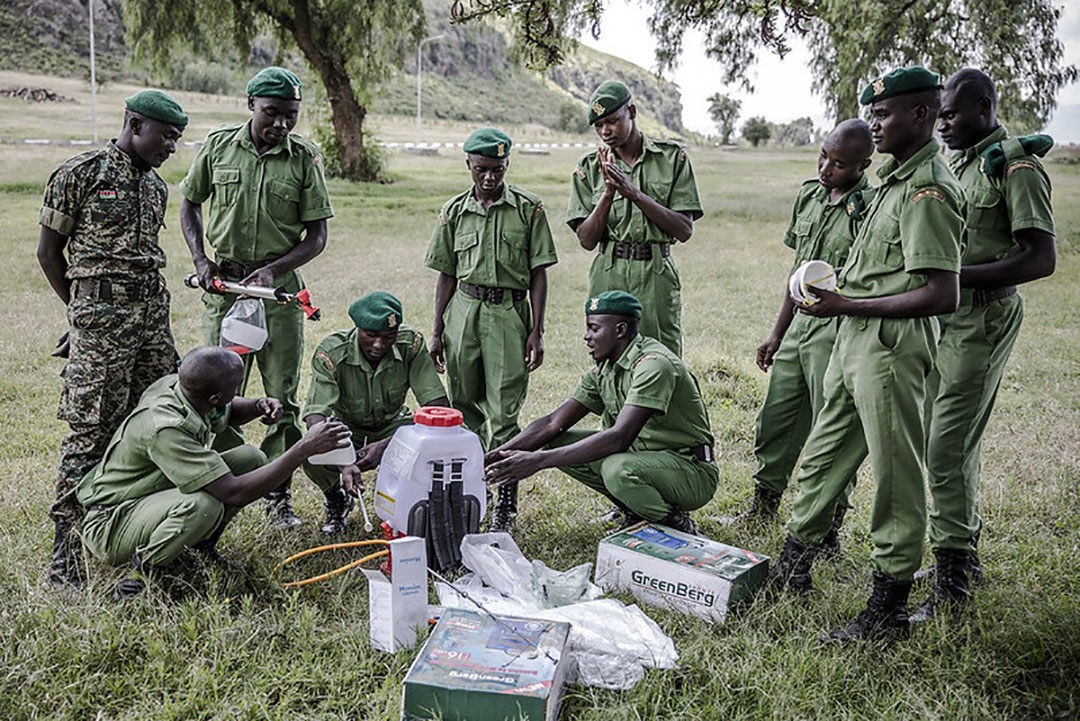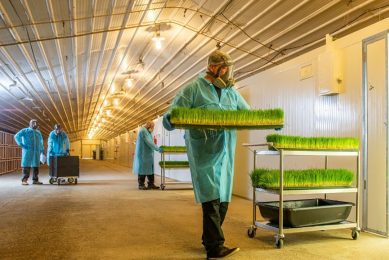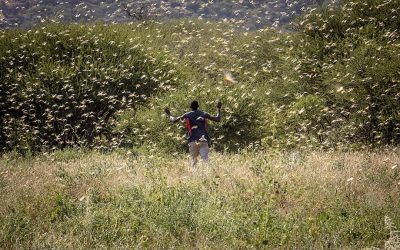EU contributes € 15m to fight desert locusts

The EU has contributed € 15 million to fight the upsurge of desert locusts in East Africa, the worst seen in the region in decades.
“The battle against the desert locust is a long one and far from over – sustained support is critical if we are going to contain this pest threat,” said the director-general of the Food and Agriculture Organization of the United Nations, QU Dongyu, thanking the EU for their “generous contribution and sustained support”. The € 15 million contribution from the EU, which follows a donation of € 11 million made in February, came via the European Commission’s Directorate-General for International Cooperation and Development (EU DEVCO).
Despite the success of control operations spanning 500,000 hectares, heavy rains created ideal conditions for reproduction and the potential destruction caused by the new-generation swarms could still provoke a humanitarian crisis as new swarms strike Ethiopia, Kenya, Somalia, Sudan, South Sudan and Yemen. According to the World Bank, the pests could cost East Africa and Yemen US$ 8.5 billion this year.
 Desert locust outbreak prioritised over Covid-19
Desert locust outbreak prioritised over Covid-19
The Food and Agriculture Organization (FAO) of the UN is continuing its efforts to contain the desert locust upsurge in East Africa despite restrictions on the movement of personnel and equipment resulting from the Covid-19 pandemic.
“Our friends and partners in the Horn of Africa have experienced the catastrophic consequences of this desert locust outbreak on livelihoods and food security, a situation that is aggravated by the coronavirus pandemic which has made intervention efforts more difficult,” said Jutta Urpilainen, the EU commissioner for international partnerships. “We cannot falter in our fight against locusts,” said Qu. “The food security situation is already dire for millions of people.”

Risks of locusts spreading
Apart from the emergence of a new generation of locusts in East Africa, there is also concern that some of these swarms will migrate to India and Pakistan while others could potentially spread to West Africa.
 Insect protein: Ducks to combat locust plague in Pakistan
Insect protein: Ducks to combat locust plague in Pakistan
China could send 100,000 ducks to Pakistan to help tackle the swarms of locusts. A chicken can eat about 70 locusts a day, but a duck can eat 3 times as many.
The FAO is helping governments and other partners with surveillance and coordination, technical advice and the procurement of supplies and equipment. The UN agency is also taking action to protect rural livelihoods by providing affected growers with farming packages, veterinary care for vegetation-starved livestock, and cash for food for families who have lost their crops.
FAO recently raised its desert locust appeal to US$ 311.6 million to deal with the expansion of the upsurge. US$ 178.9 million has thus far been received or committed.

App developed in battle against desert locusts
Meanwhile, in Lorugum village in northwest Kenya, Christopher Achilo takes photos and videos of a tree trunk crawling with the insects and uploads the images onto an app using his smartphone camera, reports Reuters.
Achilo is one of a team of locust scouts trained by local aid group ACTED, with the help of the FAO and Turkana County regional government, to spot and report sightings using a new application, E-Locust.
The information he and the others collect is sent in real-time to a database which is then used by another team deployed to spray the insects with pesticides to prevent swarm formation.










